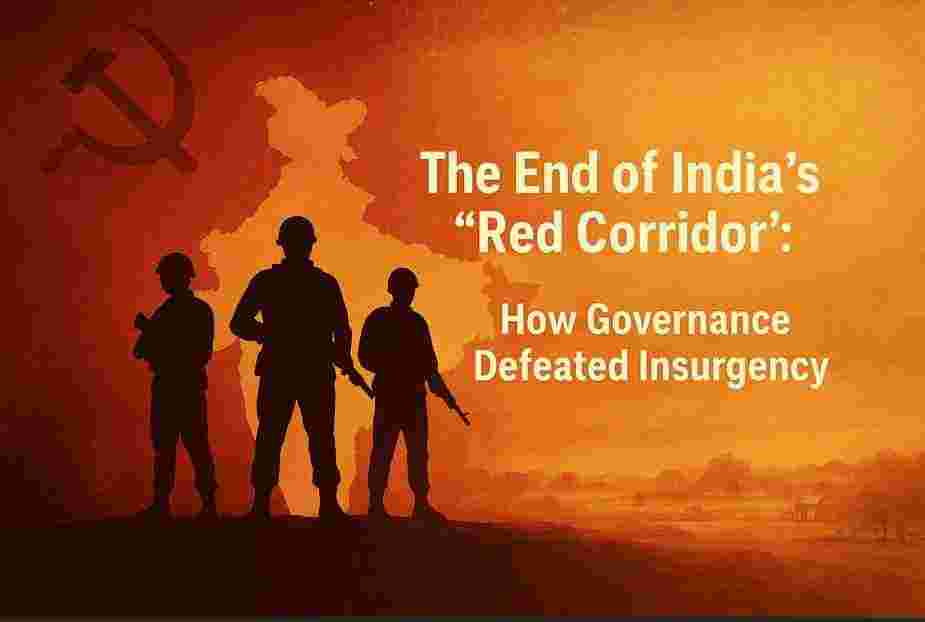Take a stroll along the Yamuna in Delhi and you’ll notice vast, manicured lawns tucked behind high walls. They look like royal gardens-but these are not parks for the public. They are samadhis, memorials built for leaders of the Congress era, occupying some of the most valuable and ecologically fragile land in the capital.
This is where power lingers long after its holders are gone.
The numbers tell their own story.
- Shanti Van (Jawaharlal Nehru): 52.6 acres
- Shakti Sthal (Indira Gandhi): 45 acres
- Veer Bhumi (Rajiv Gandhi): 15 acres
That’s 112.6 acres just for three Congress prime ministers. Add Lal Bahadur Shastri’s Vijay Ghat (40 acres), Jagjivan Ram’s Samta Sthal (12.5 acres), and Giani Zail Singh’s Ekta Sthal (22.5 acres), and the figure crosses 187 acres.
For perspective: a typical Delhi housing colony sits on 10–15 acres. The samadhis of a few leaders could fit seven or eight entire colonies.
Land has no fixed price tag, but estimates show the absurdity. At Delhi’s green-belt rate of roughly ₹5 crore per acre, these memorials sit on nearly ₹1,000 crore worth of land. At central Delhi’s commercial circle rate, the number balloons to ₹58,000 crore.
Think of what that could fund: new universities, entire hospitals, affordable housing projects, or ecological parks. Instead, the acres remain locked away as manicured lawns for the memory of a few.
A River Choked by Memory
There’s another cost- ecological. Most of this land lies within the Yamuna floodplain, a zone meant to remain free for groundwater recharge, wetlands, and biodiversity. Instead, the floodplain has been carved into closed-off VIP enclosures.
Delhi suffers the consequences: polluted water, shrinking aquifers, vanishing bird corridors. The Yamuna gasps for revival while acres of its banks lie under grass that only VIPs ever walk on.
In 2013, the government finally accepted that sprawling samadhis were unsustainable. The new approach: one common site, Rashtriya Smriti Sthal. Atal Bihari Vajpayee’s memorial, for example, occupies just 1.5 acres—compact, respectful, and efficient.
If Vajpayee can be honored on a modest plot, why should leaders of the past command lawns larger than entire universities?
The question isn’t whether leaders deserve memorials. Of course they do. The question is: should remembrance come at the expense of public land, river ecology, and citizen access?
Imagine if these 187 acres were returned to the people:
- A continuous eco-park along the Yamuna, restoring wetlands and forests.
- Walking and cycling trails for citizens, not just VIP entourages.
- Education hubs for schoolchildren to learn about Delhi’s river and history.
- A single digital gallery to honor past leaders collectively, without carving up more land.
Time to Break the Silence
Every nation honors its leaders. But there is a thin line between honor and excess. The samadhi belt of Delhi shows how privilege can outlive politics, how public land can be swallowed in the name of memory.
True democracy demands balance: dignity for the departed, life for the river, and space for the living.
Perhaps the most fitting tribute to Nehru, Indira, Rajiv, and others would not be acres of closed lawns-but a vibrant, breathing Yamuna that every citizen can walk beside.




